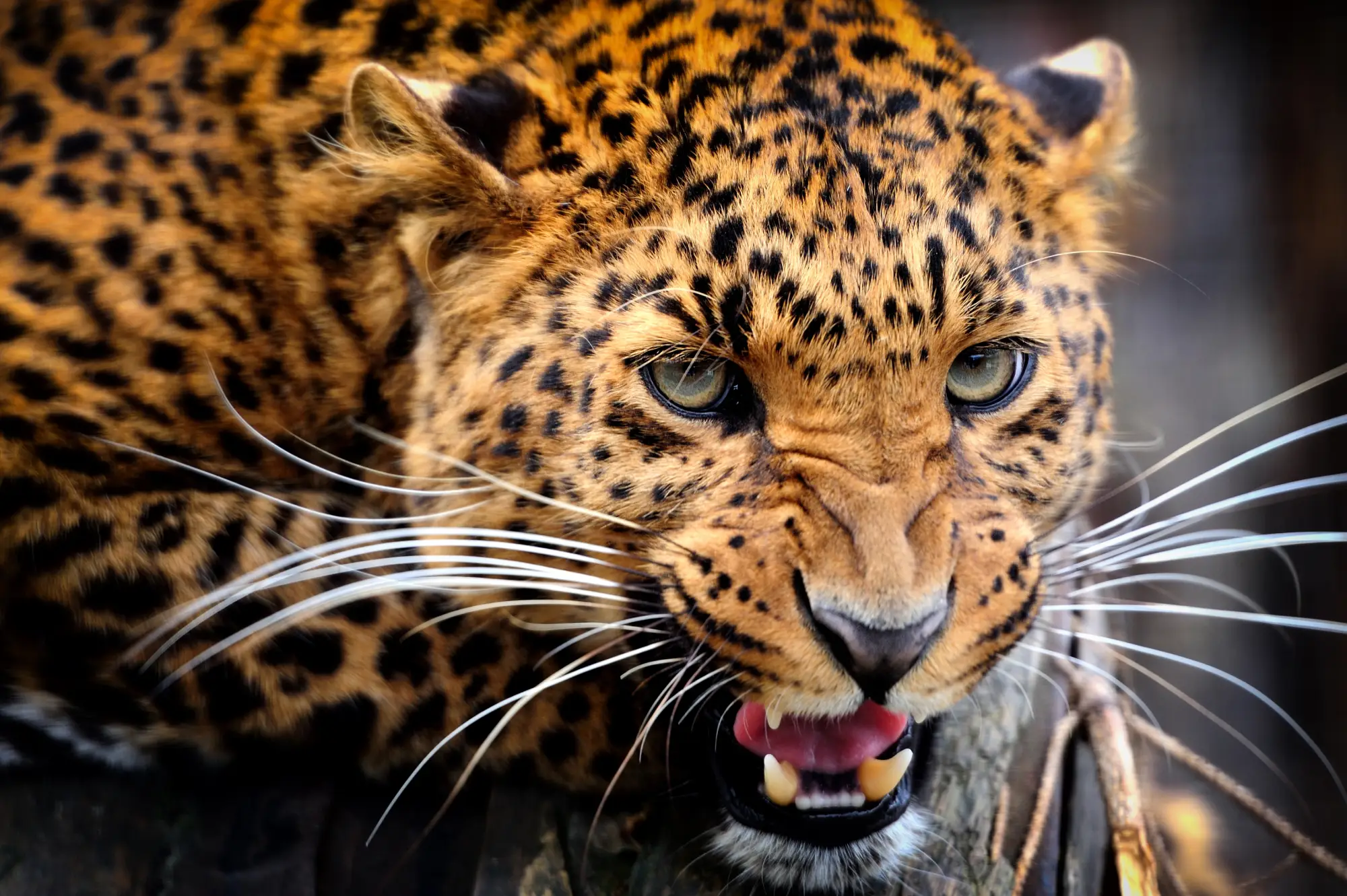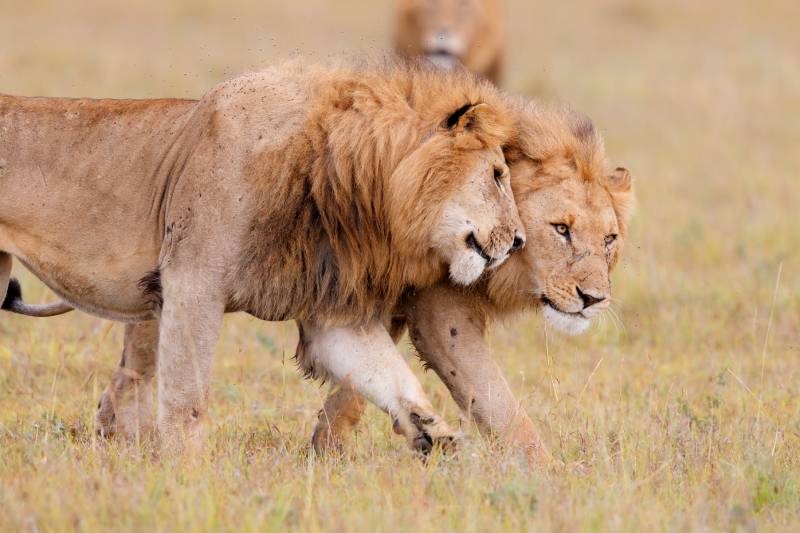Our Animals
Rehabilitation, Research and Education
The animals of Chipangali
Welcome to the animals of Chipangali. Here you can meet lions, leopards, owls, tortoises, chameleons and many more. Each page shares fascinating facts as well as the personal journeys that brought these animals here. Explore the links below to discover dozens of stories, and get to know the wild creatures that call Chipangali home.
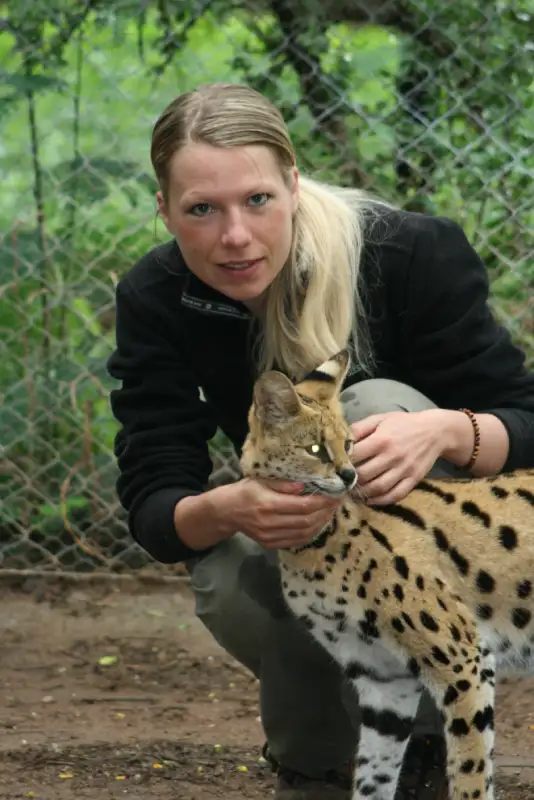
Mammals
Antelope
Primates
Birds
Birds of Prey
Cranes
Fowls
Myna Birds
Reptiles
Crocodiles
Lizards
Chameleons
Turtles
Tortoises
Featured Species
Leopards
Panthera pardus
The African leopard is a solitary and elusive big cat, renowned for its agility, strength, and distinctive spotted coat. Masters of stealth, they are capable of dragging prey much heavier than themselves up into trees to avoid scavengers. Leopards are nocturnal hunters, utilizing their acute senses of hearing and vision for stalking.
Lions
Panthera leo
Lions, known as the “king of beasts,” are social felines that live in groups called prides, consisting of related females, their offspring, and a small number of adult males. Unique among big cats, their social structure allows them to dominate their territories and ensures cooperative care and protection of their young. The lions of Chipangali narrate a poignant story of life bounded by love and limitations.
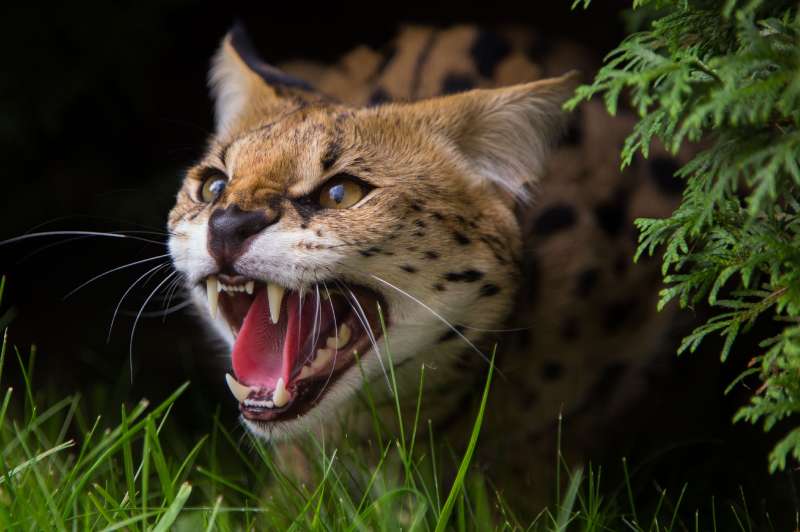
Servals
Leptailurus serval
Servals are medium-sized African cats known for their striking appearance, characterised by a slender build, notably long legs, and large ears that give them exceptional hearing to detect prey. Adapted to a variety of habitats, they excel in hunting due to their agility and ability to leap high into the air to catch birds or dig into burrows after rodents.
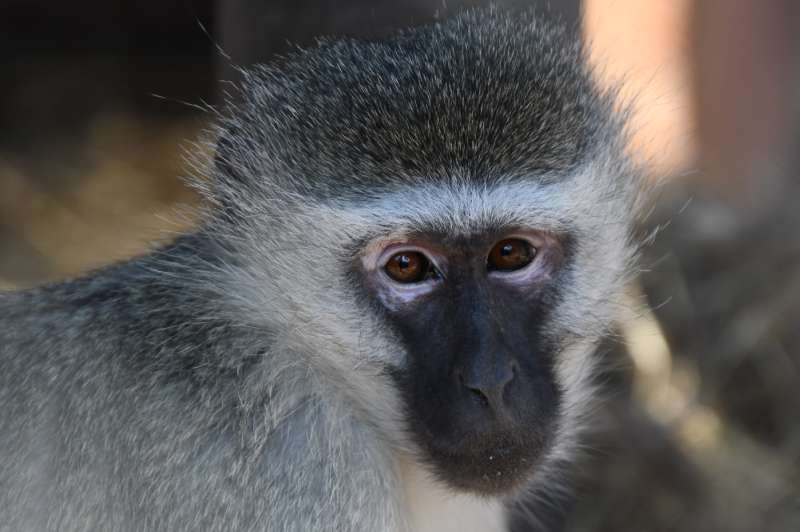
Vervet Monkeys
Chlorocebus pygerythrus
Vervet monkeys are highly social and intelligent animals, living in well-organised troops that can include dozens of individuals. These troops are matriarchal, with females generally remaining in the same group for life, while males may move between groups. Vervets are known for their complex vocalisations, which they use to communicate with each other about the presence of predators and food sources.
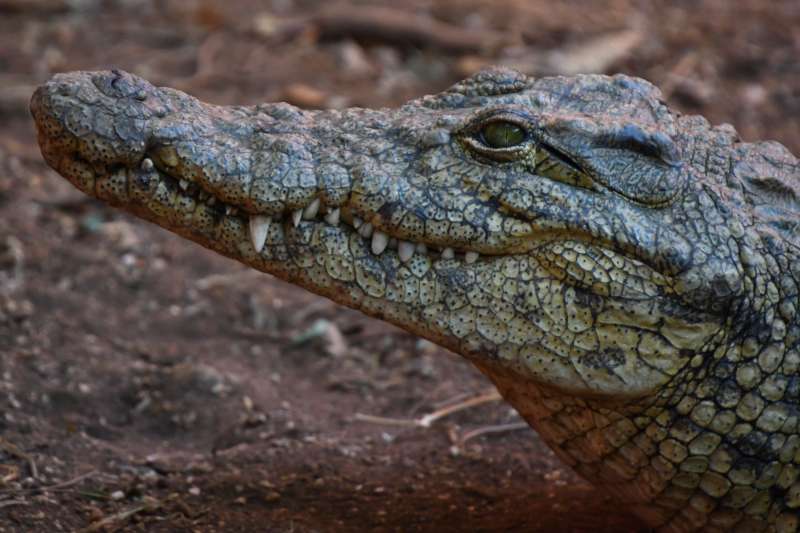
Crocodiles
Crocodylus niloticus
Nile crocodiles are formidable reptiles known for their impressive size, strength, and predatory skills, making them one of the most feared predators in their ecosystem. They have a unique social structure characterized by a hierarchy that dictates territory and mating rights. Nile crocodiles possess an extraordinary ability to remain nearly motionless for long periods, making them expert ambush predators.
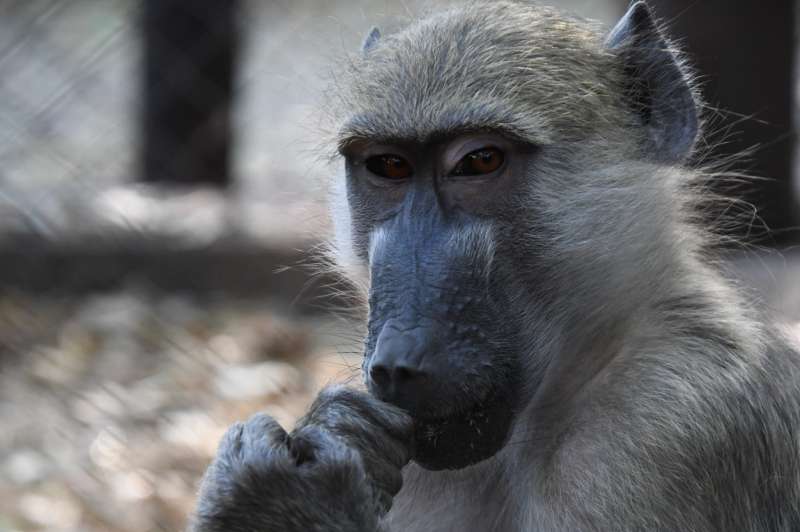
Baboons
Papio ursinus
Chacma baboons are social creatures that live in troops of up to several hundred members, led by a dominant male. These troops have complex social structures and hierarchies that govern interactions and mating rights. Chacma baboons are known for their intelligence and have been observed using tools and engaging in tactical behavior when raiding crops or defending against predators.
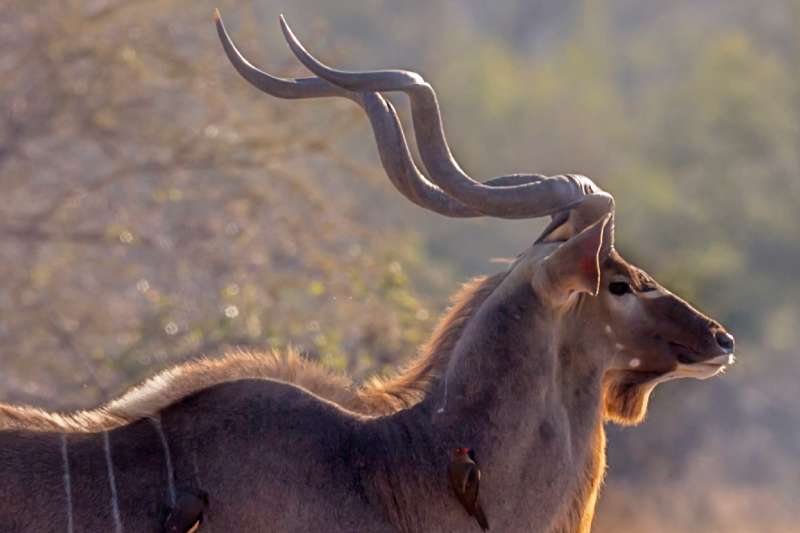
Greater Kudu
Tragelaphus strepsiceros
Greater Kudus are known for their shy and elusive nature, often remaining hidden within dense vegetation. Their large ears give them excellent hearing, helping them detect predators while their cryptic coloring and quiet demeanor help them blend into their surroundings. Males’ impressive horns are not only used for defense against predators but also in dramatic displays during mating rituals and fights for dominance.

